 Steph and I joined the National Trust in February 2011, and have now visited more than 130 of its properties in England, Wales, and Northern Ireland, as well as four in Scotland (where Trust members receive reciprocal benefits from the National Trust for Scotland).
Steph and I joined the National Trust in February 2011, and have now visited more than 130 of its properties in England, Wales, and Northern Ireland, as well as four in Scotland (where Trust members receive reciprocal benefits from the National Trust for Scotland).
I should add we’re also members of English Heritage, but have visited far fewer of its properties.
We’ve certainly had full value from our National Trust joint senior membership over the past decade. We appreciate how visitor policies have developed and adapted to changing expectations over that period, making its properties—and the stories they have to tell—so much more accessible. Its policy on photography (subject to any copyright restrictions) has been relaxed, so that enthusiasts like me can record our visits (no flash!) and then blog about them afterwards.
Here in the northeast of England (where we moved in October 2020), there are fewer Trust properties than in the Midlands (in north Worcestershire) where we lived for many years, and which was a great base for heading out in all directions to explore the National Trust landscape.
Unsurprisingly, the property we have visited most is Hanbury Hall, on our doorstep, near Bromsgrove.

On our last visit to Hanbury Hall in early September 2020, less than a month before we moved to the northeast.
Hanbury Hall was also the first Trust property we visited in February 2011 just after becoming members. We enjoyed all our visits there, most often to take a walk in the extensive park, see how its magnificent parterre changed through the seasons, and occasionally take a glimpse inside the house.

I could write a whole blog just about Hanbury Hall’s parterre.
At this time of the year, however, Hanbury Hall like many National Trust properties have introduced their winter opening schedules, or indeed closing over the next couple of months or so, just opening for special occasions. For many of the properties, Christmas is one those.
And from what we have experienced over the past decade of Christmas visits, the staff and volunteers at the houses really make a great effort to embody the spirit of Christmas.
So as we creep inexorably towards Christmas 2022, here are a few reminiscences of the Christmas visits we have enjoyed since 2013. Sometimes there is a theme for the Christmas display, in others, houses are ‘dressed’ as they might have been when under family ownership. And it’s not hard to imagine just how full of the joys of Christmas many of these properties must have been, children running excitedly about (they had the space!), while parents entertained their guests, all the while looked after by a bevy of household staff. How the other half lived!
Whatever the perspective, grand or modest, these Christmas visits (or just after) are indeed something to nurture the spirit of the season.
Hanbury Hall (9 December 2013), Worcestershire
Baddesley Clinton (19 December 2014), Warwickshire
Charlecote Park (16 December 2015), Warwickshire
Greyfriars (14 December 2016), Worcester
Croome (28 December 2017), Worcestershire
Coughton Court (30 November 2018), Warwickshire
Hanbury Hall (9 December 2019), Worcestershire
In 2020, many houses were still closed due to the Covid-19 pandemic although we had been to Cragside in October and toured the house.
On 14 December visited Wallington in Northumberland. The house was closed, but we enjoyed a coffee outside in the courtyard, and an invigorating walk around the garden and park (although parts were closed due to the tree damage caused by Storm Arwen that hit the northeast at the end of November).
Wallington (10 December 2021), Northumberland
Ormesby Hall (28 November 2022), North Yorkshire




















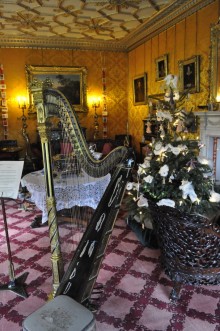








































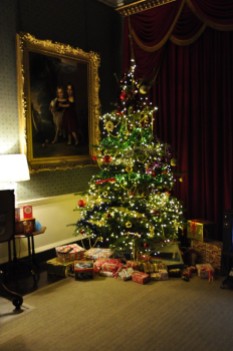



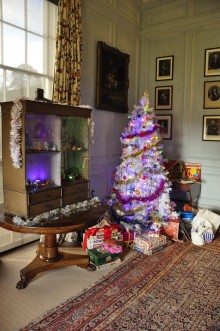
















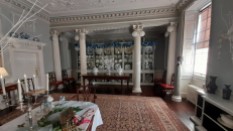





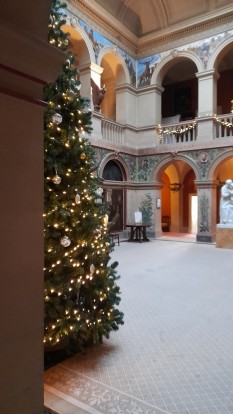






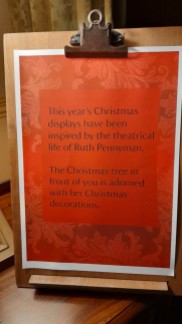







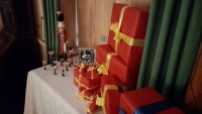
























































 The estate was acquired by
The estate was acquired by 




















 Steph and I have been members of the
Steph and I have been members of the 















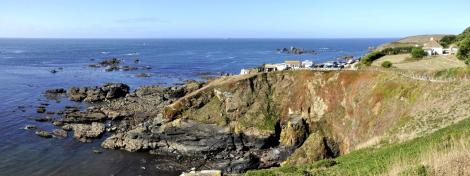
















 Yesterday, I was reminded of that great radio broadcaster,
Yesterday, I was reminded of that great radio broadcaster,  Steph and I took full advantage to walk a stretch of
Steph and I took full advantage to walk a stretch of 

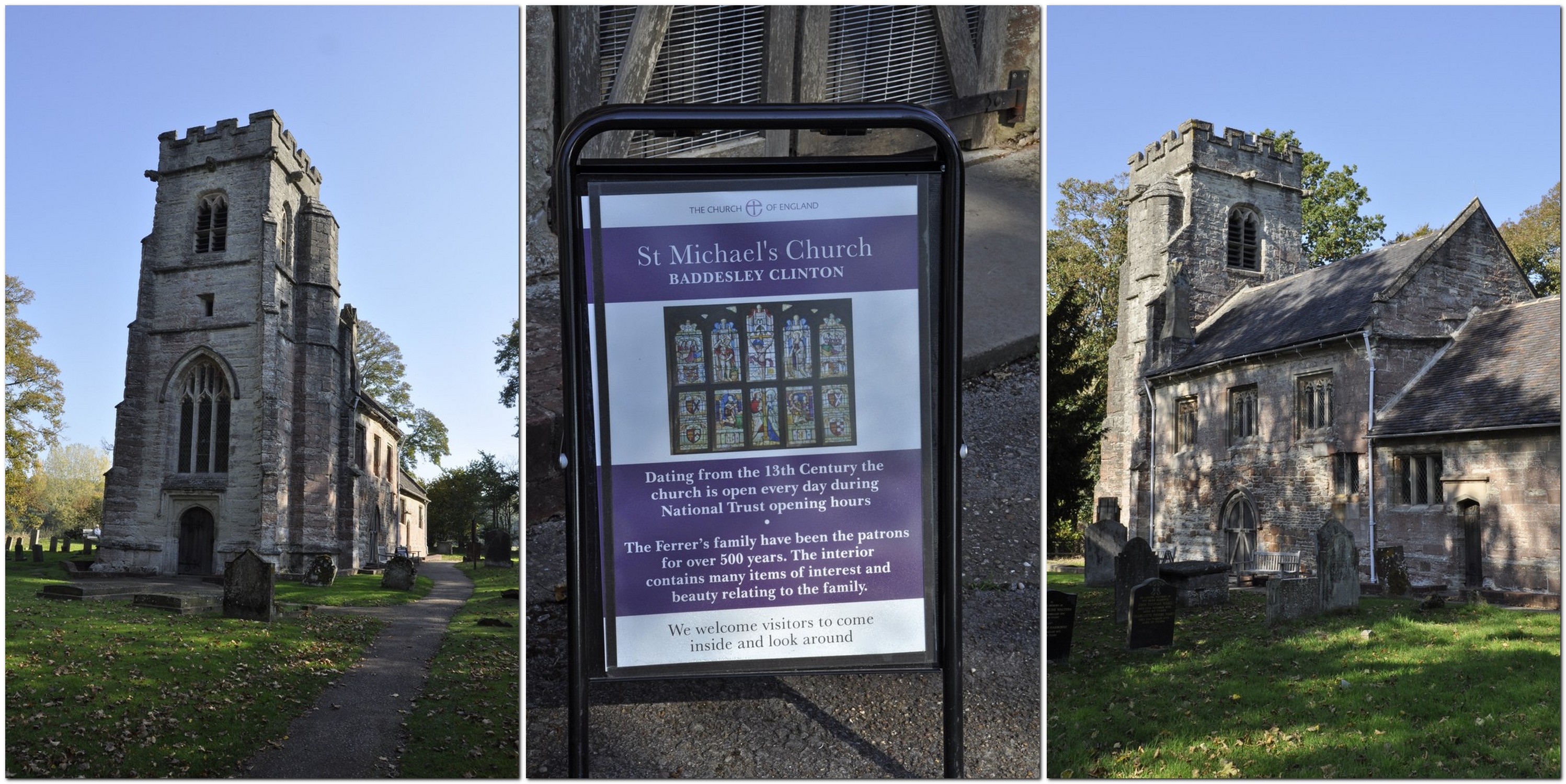


















 The grounds are not extensive, but with the spring flowers (particularly the daffodils, in full bloom – and more yet to flower) they were attractive. No doubt the estate was much bigger in times past.
The grounds are not extensive, but with the spring flowers (particularly the daffodils, in full bloom – and more yet to flower) they were attractive. No doubt the estate was much bigger in times past.